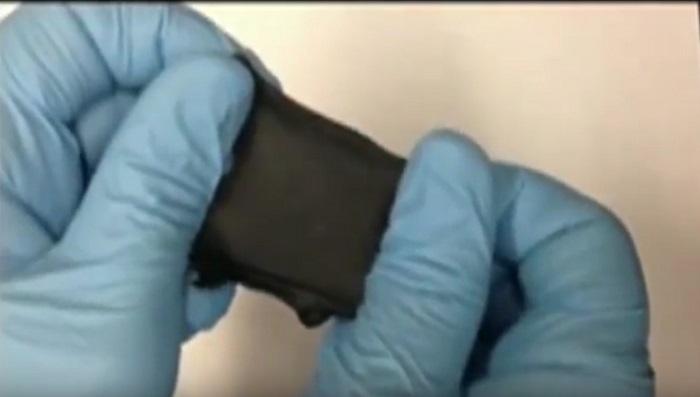As sensors continue to advance, the need for a flexible host material has become even greater. You see, a sensor’s previous host material — metal — stops working when it’s pulled or twisted too much. Alternatives like silicones and plastics allow for greater flexibility, but adversely affect the sensor’s sensitivity.
In searching for a new material to provide the proper support for this advancing technology, scientists at the American Chemical Society discovered that common chewing gum offers a sound solution.

Specifically, the team had one of its members chew a piece of gum for a half hour. They then washed it with ethanol and allowed the material to sit overnight. The next day, the researchers added a solution of carbon nanotubes (the sensors, if you will) to the material. When this step was complete, they found that simple pulling and folding of the gum material coaxed the tubes to align properly. Follow-up finger-bending and head-turning showed the material would still work with terrific sensitivity — even when strained 530%.

During its tests, the sensor material showed that it was able to detect humidity changes. This is important because it means it could one day be used for such detection purposes as tracking a user’s breathing patterns, as this behavior releases water vapor with every exhale.
To see the material stretched, turned, and folded, and to also see it in action, check out the clip below:
To learn more, you can read the team’s published report, entitled “Gum Sensor: A Stretchable, Wearable, and Foldable Sensor Based on Carbon Nanotube/Chewing Gum Membrane”.
Via the American Chemical Society
Advertisement
Learn more about Electronic Products Magazine





